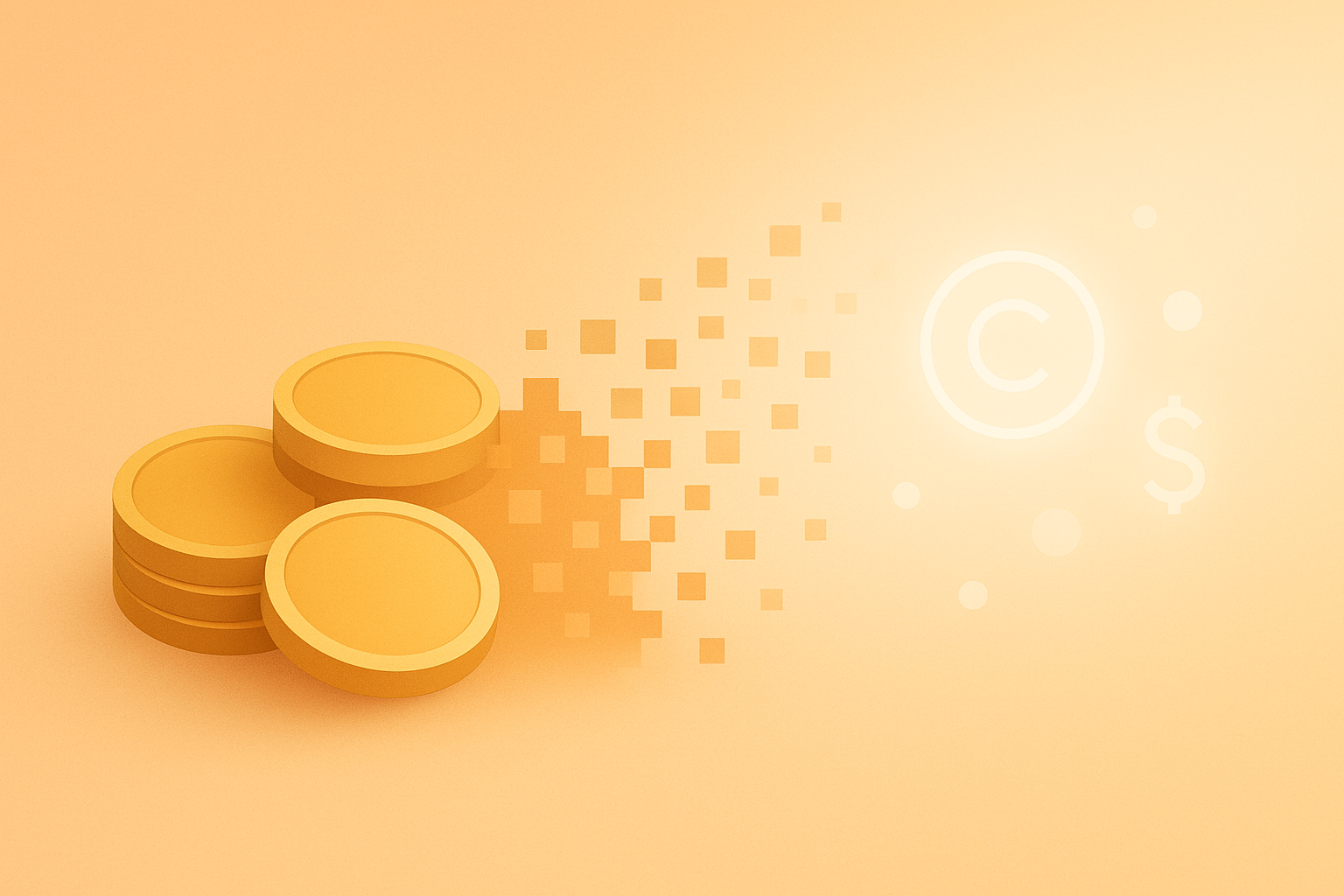The idea of money as a prototype can be understood as both a historical model and a living metaphor — an evolving experiment that reveals how humans design trust, abstraction, and cooperation.
🪙 1. Money as the Foundational Economic Prototype
Economically, money is the first great human prototype — an early model designed to solve the inefficiencies of barter.
In a barter system, exchange demands a double coincidence of wants: you must have what I need, and I must desire what you offer. Money emerged as a design breakthrough, an elegant simplification of this problem.
From cowrie shells to gold coins, each version of money was a prototype for smoother exchange, testing the minimal viable design of value transfer. Over time, these prototypes crystallized three enduring functions:
- Medium of Exchange: the tool that bridges desires between strangers.
- Unit of Account: a shared language for measuring worth.
- Store of Value: a vessel for preserving time and trust.
Modern fiat currency — value conjured from decree and belief rather than metal — represents the most abstract iteration of this prototype. It is no longer backed by gold, but by consensus — by the social imagination that collectively sustains its worth.
Thus, every coin and banknote is a living prototype of collective belief.
🧠 2. Money as a Cognitive Prototype
In cognitive science, a prototype is the most typical example of a category — the “mental template” against which all other variations are judged.
For many, the prototype of money is tangible: a coin, a £10 note, a dollar bill.
This physicality anchors our sense of reality — the feel of money in the hand equates to value in the mind.
But beyond cash lie graded members of the same category:
- A credit card balance
- A digital wallet
- A cryptocurrency key
They all count as money, but less vividly — each more abstract, less felt.
This hierarchy shapes behavior: in behavioral economics, we call it mental accounting.
People often treat money in different “mental boxes” — spending a cash gift easily but hesitating to withdraw from savings, though both hold identical value.
In this way, the prototype of money doesn’t just define what money is — it defines how humans feel about it.
Money, psychologically, is not neutral — it’s a mirror of cognition, attachment, and imagination.
🧰 3. Money as a Design Prototype
From a design perspective, every form of currency is a prototype of a social system — a test of how humans can agree on, store, and transfer meaning.
The first standardized barley measures in Mesopotamia were prototypes of fungibility — the idea that one unit could stand in for another.
Bronze ingots and stamped coins were prototypes of trust through form.
Banknotes were prototypes of trust through promise.
Digital currencies are prototypes of trust through code.
Each iteration is a version release of collective imagination, improving speed, scalability, and accessibility while exploring new trust architectures.
Today, cryptocurrencies and central bank digital currencies (CBDCs) are the latest prototypes — experiments testing whether decentralized algorithms or central authorities can best maintain this ancient simulation of belief.
Each prototype asks the same question:
“What makes value real?”
🌍 4. Money as a Philosophical Prototype
Philosophically, money is the prototype of abstraction itself.
It’s how humanity first learned to say, “Let this represent that.”
From there, we invented language, art, mathematics, and code — all descendants of this same symbolic leap.
Money is the interface between the visible and invisible:
effort becomes number, time becomes currency, desire becomes price.
It’s the first scalable metaphor, the first shared simulation of meaning.
Spiritually, it mirrors energy: it flows where attention goes.
Money is the prototype of conditional exchange — a mirror to grace, but never grace itself.
If love is the prototype of unconditional giving, money is the prototype of reciprocity constrained by logic.
Both are experiments in connection — one infinite, one finite.
🧭 5. The Prototype of Prototypes
Money was humanity’s first simulation engine — the earliest test of whether symbols could replace substance, whether representation could sustain reality.
From metal to paper to code, each iteration refines the model.
But the core prototype remains unchanged:
Money is how we model trust.
And through it, we continue to test ourselves —
our faith in symbols, our relationship with value,
and our ability to turn invisible meaning into shared experience.

Leave a Reply